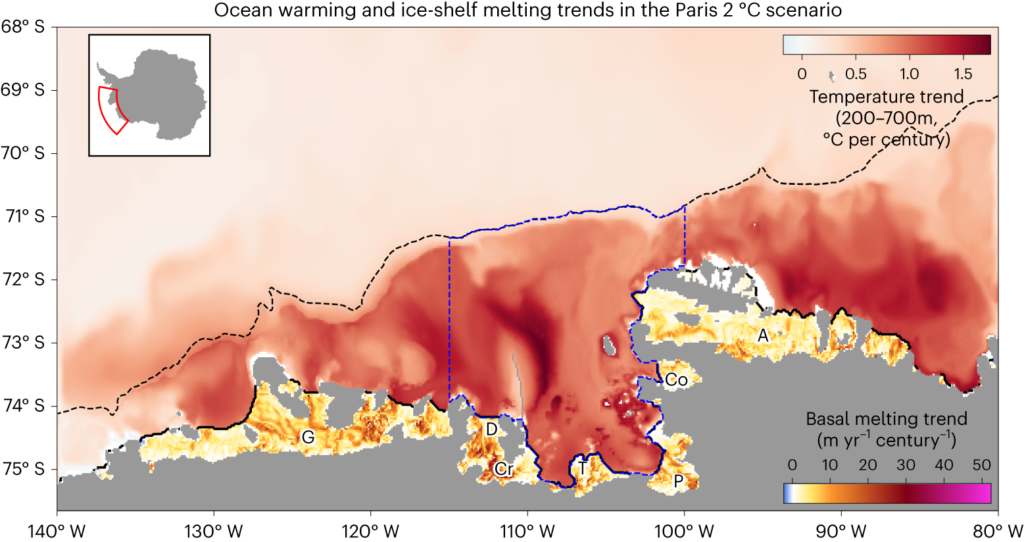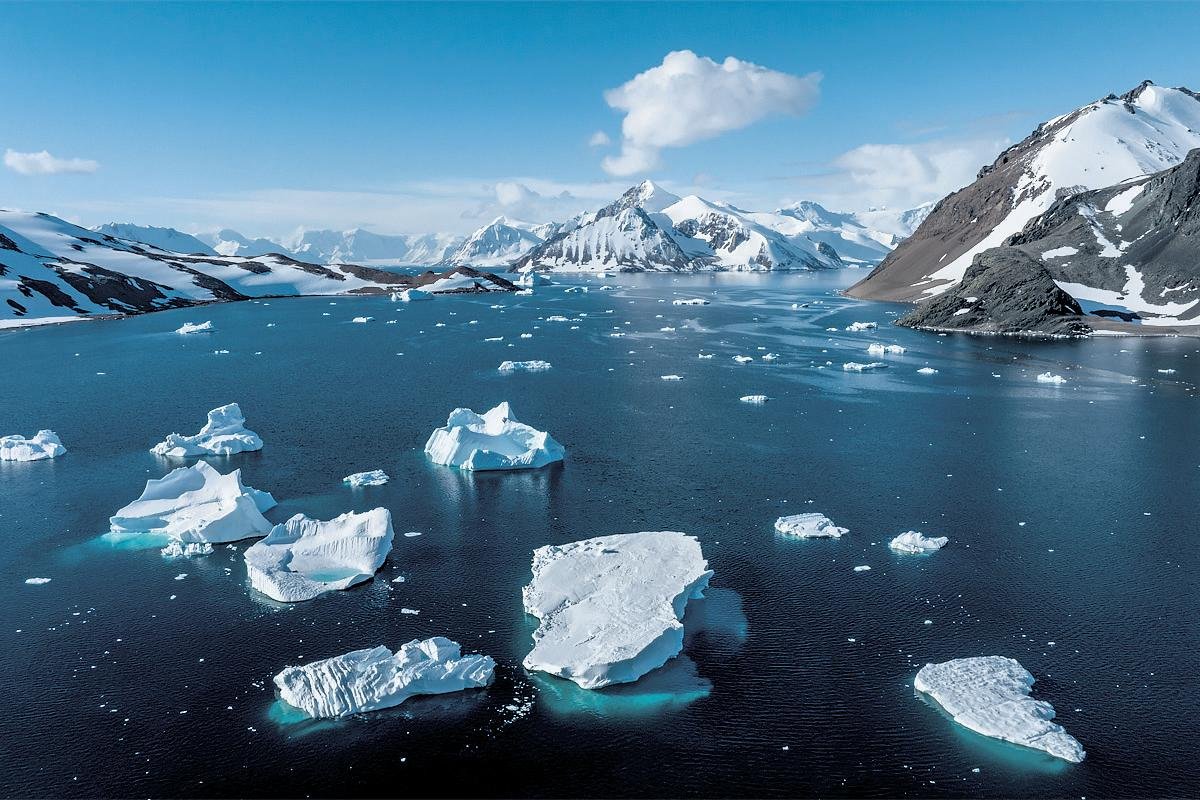Irreversible West Antarctic Ice Melt Threatens Coastal Cities: An In-Depth Analysis
The accelerating rate of ice melt in West Antarctica has raised a daunting specter – sea level rise. Alarmingly, recent research has indicated that the relentless march of ice melt in this region is seemingly unstoppable, regardless of how vigorously carbon emissions are curbed. This has significant implications for coastal cities around the world. In this extensive exploration, we delve into the research findings, its implications, and the broader context of climate change and sea level rise. Our aim is to comprehensively understand the causes, consequences, and potential responses to this imminent environmental challenge.
The West Antarctic Ice Sheet’s Unavoidable Melt
Sea Level Rise’s Ominous Promise
Sea level rise is an unceasing menace, perpetuated by the melting of polar ice sheets and glaciers, as well as the thermal expansion of seawater. Among all potential contributors to this predicament, West Antarctica has emerged as a primary concern, its perilous consequences transcending geographical boundaries. Coastal cities, from New York to Mumbai and Shanghai, face a substantial threat to their existence due to this relentless ice melt.
The Inevitable Melt
The West Antarctic ice sheet holds a dire ultimatum: the loss of this colossal ice sheet could elevate sea levels by an astonishing 5 meters. Previous scientific inquiries had offered a glimmer of hope by suggesting that this process could unfold over centuries. However, the latest research shatters this optimism, positing that even the most ambitious goals outlined in the Paris Agreement, which seeks to limit global warming to 1.5 degrees Celsius above pre-industrial levels, will be insufficient to avert this impending crisis.
The Amundsen Sea’s Alarming Melting Rate
At the heart of this cataclysmic revelation is the accelerating melting of the floating ice shelves in the Amundsen Sea. The study demonstrates that the pace of melting this century will be three times faster compared to the previous century, even if the world successfully achieves the Paris Agreement’s most ambitious climate targets.
The disintegration of these floating ice shelves is a foreboding precursor, allowing the glacial ice sheets on land to accelerate their descent into the ocean. The ramifications are chilling, considering that over a third of the global population resides within 100 kilometers of the coast.
The Broader Implications

Unprecedented Uncertainty
The magnitude of the impending sea level rise poses a unique set of challenges, largely stemming from the uncertainty surrounding Antarctica’s contribution to the crisis. Sea level rise has been compounded by the ongoing melting of ice sheets and glaciers, as well as the expansion of seawater due to warming. However, the most significant uncertainty centers on what will transpire in Antarctica.
Urgent Need for Specific Estimates
The urgency to translate these new findings on ice melting into specific estimates of sea level rise is paramount. Given the extensive implications for millions of people living in coastal regions, including economic, environmental, and humanitarian factors, such estimates are critical for informed decision-making.
The Path Forward
Adaptation and Mitigation
Dr. Kaitlin Naughten, who spearheaded the research at the British Antarctic Survey, remarked, “Our study is not great news – we may have lost control of West Antarctic ice shelf melting over the 21st century.” While this situation appears ominous, she insists that climate action is indispensable. While some impacts might be unavoidable, collective actions can still make a difference in shaping the long-term trajectory of Antarctic ice melting.
Time-Sensitive Predicament
Dr. Taimoor Sohail from the University of New South Wales underscored the critical nature of the West Antarctic ice sheet’s collapse, labelling it a “climate tipping point.” The findings of this study suggest that the accelerated melting of ice shelves is now an inevitability. The implications for sea-level rise are dire. As the global community confronts this sobering reality, the urgency of mitigation and adaptation strategies becomes even more pronounced.
A Tipping Point for West Antarctica
Dr. Tiago Segabinazzi Dotto from the UK National Oceanography Centre pointed out that it’s plausible we have already crossed a tipping point, particularly in relation to the West Antarctic ice sheet’s stability. However, the timeline for this collapse remains uncertain, with some ice shelves poised for potential collapse in decades while others may endure for centuries.
The Importance of Scientific Consensus
While the conclusions of this study are based on a single model and should be treated with caution, they do align with certain aspects of previous research. The scientific consensus emerging from such studies indicates the urgency of taking these findings into account in policy development and climate action.
IV.The Research and its Methodology
The research that has instigated these grave concerns was published in the journal Nature Climate Change. It employed a high-resolution computer model of the Amundsen Sea, which is renowned for its susceptibility to rapid warming. This comprehensive model was instrumental in offering a detailed assessment of the region’s warming patterns. The research postulates that increased rates of ice melt in the 21st century are virtually inevitable across all conceivable emissions reduction scenarios, owing to the significant impact of natural climate variability in West Antarctica.
In light of the formidable challenge posed by the accelerated ice melt in West Antarctica, one undeniable fact remains: coastal cities around the world are precariously perched on the precipice of sea level rise. The inexorable melting of the West Antarctic ice sheet and its dire implications underscore the gravity of the climate crisis. This impending catastrophe compels us to explore strategies for adaptation, mitigation, and the need for precise estimates of sea level rise. While this challenge is formidable, it serves as a poignant reminder of the urgency in addressing climate change. Despite the gloomy outlook, collective efforts today can still influence the fate of future generations. As we grapple with this environmental crisis, we must remember that hope and action are our most potent tools in the fight against climate change.




